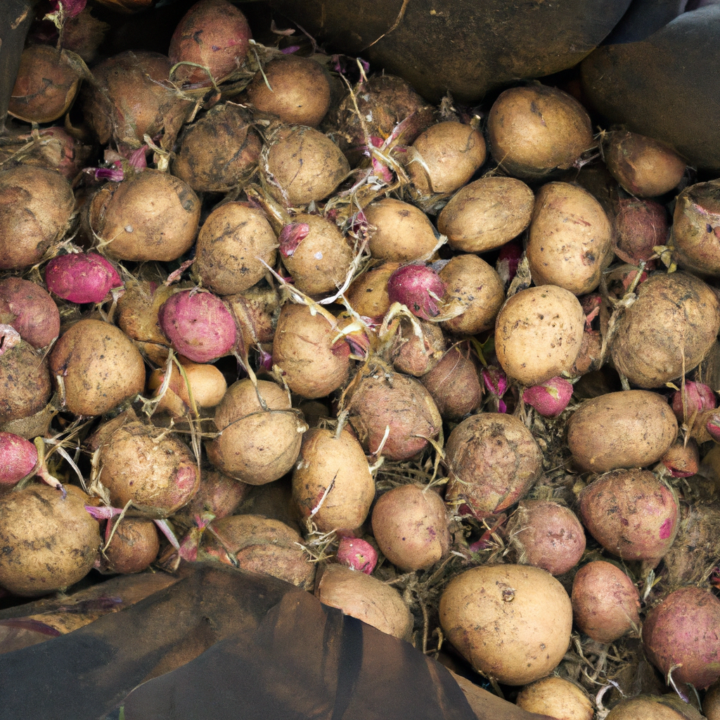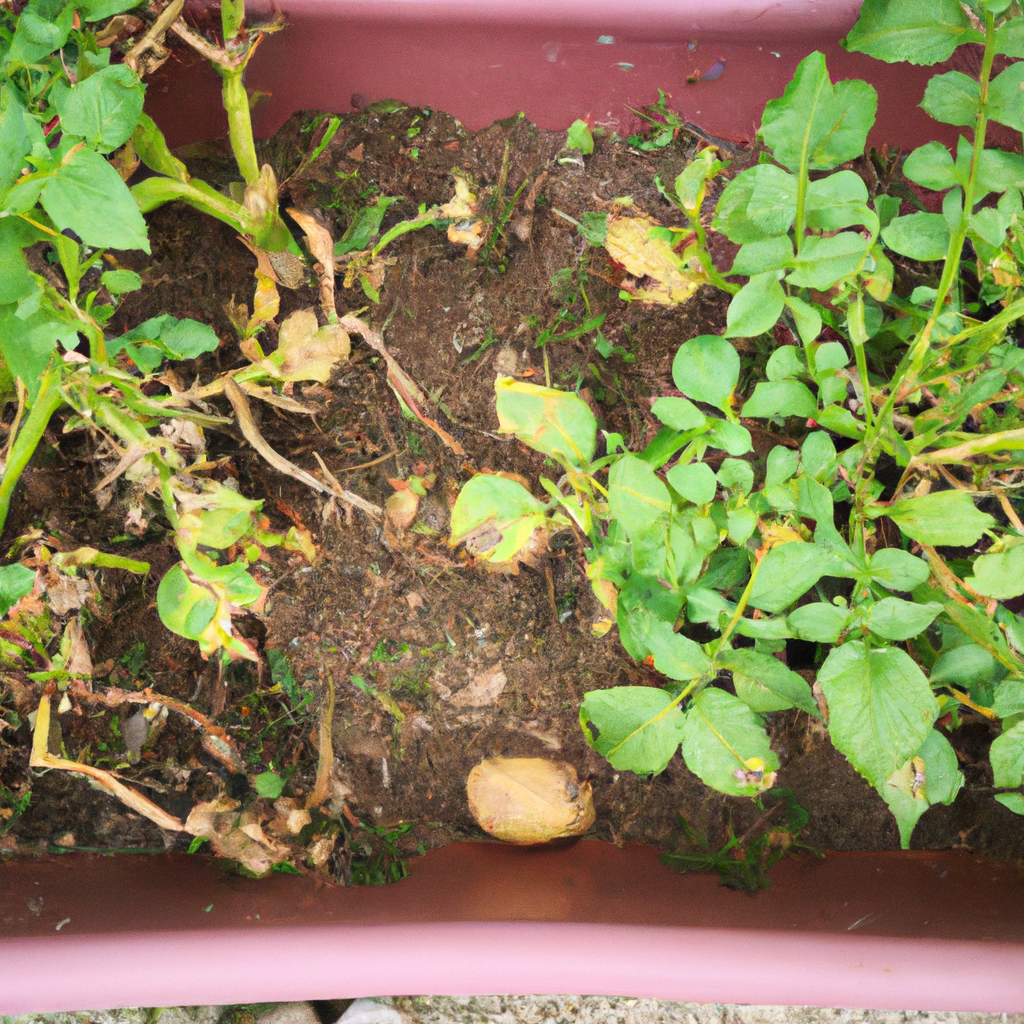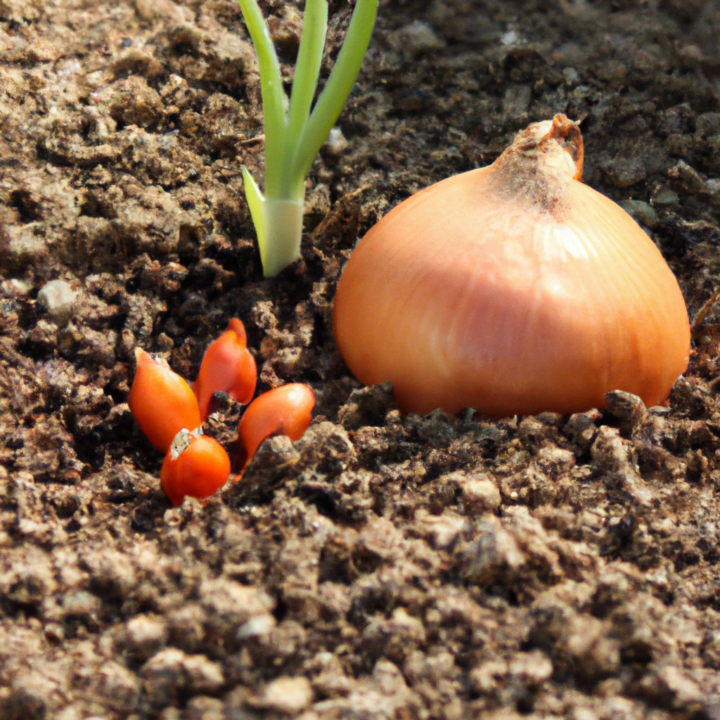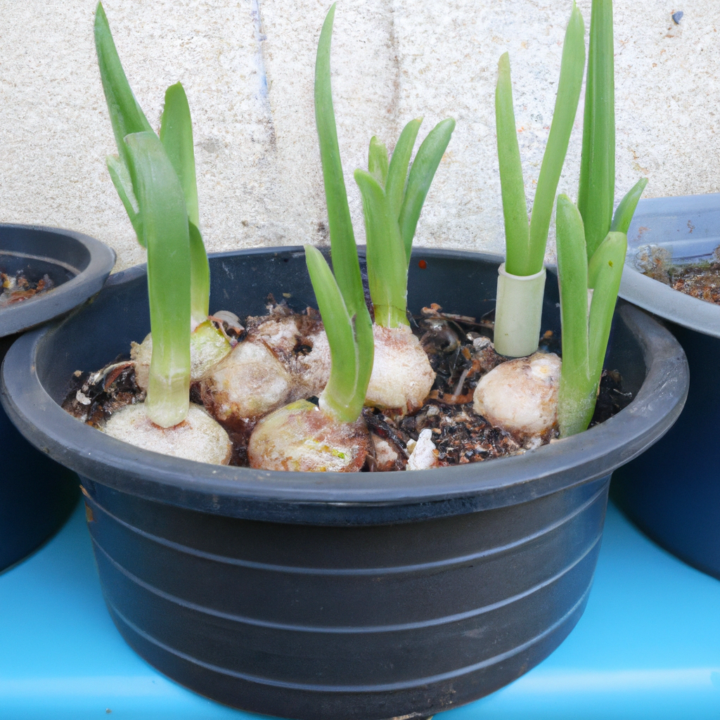Growing Onions in Sandy Soil: Tips for Successful Cultivation
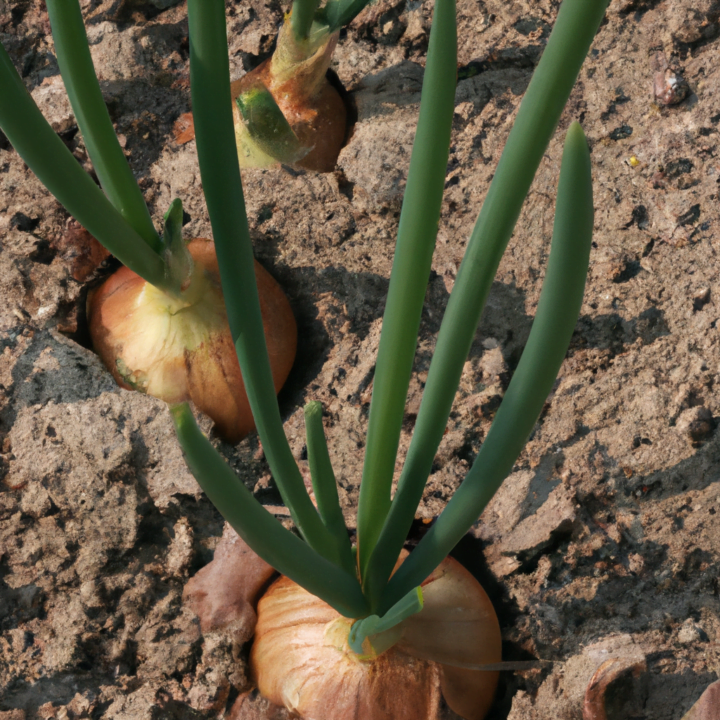
Growing onions in sandy soil can be a challenging but rewarding endeavor. Sandy soil, known for its poor water retention and low nutrient content, requires specific techniques and practices to ensure successful onion growth.
In this article, we will explore various aspects of cultivating onions in sandy soil, including soil preparation, onion varieties, planting techniques, fertilizers and nutrients, watering and irrigation, and pest and disease management.
By following these tips, you can enhance your chances of growing healthy and flavorful onions in sandy soil conditions.
Soil Preparation For Growing Onions in Sandy Soil
Table Of Contents
- Soil Preparation For Growing Onions in Sandy Soil
- Choosing the Right Onion Varieties
- Planting Techniques
- Fertilizers and Nutrients
- Watering and Irrigation
- Pest and Disease Management
- Frequently Asked Questions
- Soil Preparation
- Onion Varieties
- Planting Techniques
- Fertilizers and Nutrients
- Watering and Irrigation
- Pest and Disease Management
- Summary
Before growing onions in sandy soil , it is crucial to prepare the soil adequately. Start by loosening the soil using a garden fork or tiller. This will help improve drainage and prevent waterlogging, which can be detrimental to onion growth.
Additionally when cultivating onions in sandy soil, incorporating organic matter such as compost or well-rotted manure into the sandy soil will increase its fertility and boost nutrient availability for the onions. Aim to work in approximately two inches of organic matter into the top six to eight inches of the soil.
Choosing the Right Onion Varieties
When it comes to growing onions in sandy soil, selecting the right onion varieties is key to success. Some onion varieties are more adaptable to sandy soil conditions and can thrive better than others.
Look for varieties that have a shorter maturation period and are known to perform well in sandy soil. Examples of onion varieties that are suited for sandy soil include ‘Texas Sweet’ and ‘Red Creole.’ These varieties have shown resilience and excellent growth in sandy soil conditions.
Planting Techniques
Proper planting techniques play a crucial role in the success of growing onions in sandy soil. When planting onions, ensure you have a well-prepared bed of moistened sandy soil.
Plant the onion sets or seedlings about one inch deep into the soil, keeping a distance of approximately four inches between each plant. The shallow planting depth prevents the onions from being exposed to excessive heat and drying out quickly.
Additionally, ensuring adequate spacing allows the onions to develop without competition for nutrients and resources.
Fertilizers and Nutrients
Sandy soil lacks essential nutrients needed for robust onion growth. Applying fertilizers and providing proper nutrient management is vital when cultivating onions in sandy soil. Before planting, incorporate a balanced granular fertilizer into the soil, following the recommended application rates.
Nitrogen-rich fertilizers can promote leafy growth, while phosphorus and potassium help encourage root development and overall plant health. Consider using organic fertilizers, such as well-composted manure or seaweed extracts, to provide a slow-release source of nutrients over time.
Watering and Irrigation
Watering onions grown in sandy soil requires careful attention. Sandy soil drains quickly, making it challenging to maintain adequate soil moisture. Irrigate the onion crops deeply and infrequently to encourage deep root growth.
Ensure the soil is evenly moist but not waterlogged. Mulching around the onions with organic materials, such as straw or wood chips, can help retain soil moisture and reduce evaporation. Regularly monitor the soil moisture levels and adjust watering practices accordingly to prevent drought stress.
Pest and Disease Management
Like any crop, onions grown in sandy soil are susceptible to pests and diseases.
To prevent pest infestations, implement organic pest management strategies such as planting companion plants that repel pests, using row covers, and practicing crop rotation. Common diseases that affect onions in sandy soil include onion white rot and fusarium basal rot.
To minimize disease incidence, ensure proper sanitation by removing any infected plants promptly. Applying organic fungicides can also help manage fungal diseases effectively. Growing onions in sandy soil can be a challenging yet rewarding experience.
By employing proper soil preparation techniques, choosing suitable onion varieties, practicing correct planting techniques, providing adequate fertilizers and nutrients, implementing proper watering and irrigation practices, and managing pests and diseases effectively, you can maximize your onion crop’s potential.
Remember to regularly monitor your plants’ progress and make adjustments as necessary. With care and dedication, you can enjoy a bountiful harvest of flavorful onions from your sandy soil garden. In summary, growing onions in sandy soil requires specific strategies and techniques.
By preparing the soil, selecting appropriate onion varieties, understanding proper planting techniques, providing the necessary fertilizers and nutrients, practicing effective watering and irrigation methods, and implementing pest and disease management strategies, you can overcome the challenges of sandy soil and achieve successful onion cultivation.
So, if you are ready to start growing your own onions in sandy soil, follow these tips and watch your garden thrive.
We hope you liked our article :- Growing onions in sandy soil.
Frequently Asked Questions
Soil Preparation
- What are the best practices for preparing sandy soil for growing onions?
- How can I improve sandy soil specifically for onion growth?
- Are there any specific techniques to follow when cultivating onions in sandy soil?
Onion Varieties
- Which onion varieties are recommended for sandy soil?
- What are some options for growing onions in sandy soil?
- Can you suggest any specific onion cultivars that thrive in sandy soil?
Planting Techniques
- What are the important factors to consider when planting onions in sandy soil?
- Do you have any tips for successful onion planting in sandy soil?
- What should be the planting depth for onions in sandy soil?
- How should I space the onions when planting in sandy soil?
Fertilizers and Nutrients
- Which essential nutrients do onions in sandy soil require?
- What is the best way to fertilize onions growing in sandy soil?
- Are there any organic fertilizers suitable for sandy soil onion cultivation?
- What are the micronutrient requirements for onions in sandy soil?
Watering and Irrigation
- What is the proper way to water onions growing in sandy soil?
- Which irrigation techniques are best for sandy soil onion cultivation?
- What should be the watering schedule for onions in sandy soil?
- How can I maintain soil moisture for onions in sandy soil?
Pest and Disease Management
- How can I control pests affecting onions in sandy soil?
- What are the common diseases that may affect onions grown in sandy soil?
- Are there any preventive measures for pests and diseases in sandy soil onion crops?
- Are there any organic methods available for pest management in onions grown in sandy soil?
Summary
By exploring these frequently asked questions, you can gain a comprehensive understanding of the various aspects involved in successfully growing onions in sandy soil.
From soil preparation to choosing the right onion varieties, planting techniques, fertilization, irrigation, and pest management, these FAQs provide valuable guidance for cultivating onions in sandy soil conditions.
